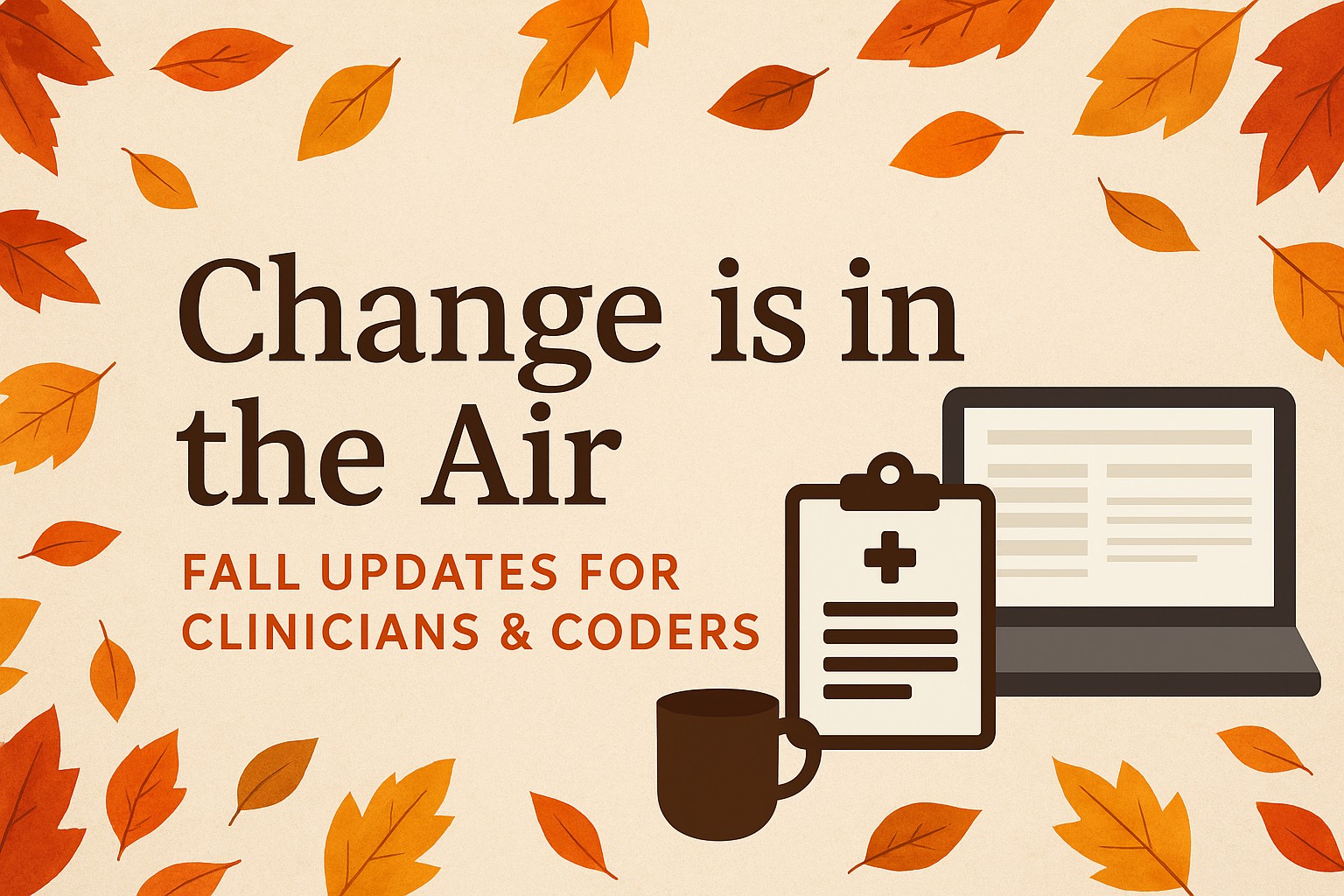Accurate ICD-10-CM coding is more than just checking boxes—it requires understanding the clinical nuances behind each diagnosis. With the 2026 updates, now is the perfect time to review complicated diagnoses, common pitfalls, and strategies to ensure your documentation supports compliant, precise billing.
Why Complexity Matters
Chronic conditions, comorbidities, and complications influence both risk adjustment and reimbursement. Coding errors can lead to denied claims, downcoded visits, and increased audit exposure. Staying aware of high-impact updates—such as the new diabetes remission code (E11.A) or clarified hypertension with heart condition sequencing—helps your practice maintain accuracy and compliance.
High-Impact Areas to Watch
1. Diabetes Mellitus (DM)
- Uncomplicated DM: Document when diabetes exists without organ involvement.
- DM with Complications: Specify chronic kidney disease, neuropathy, retinopathy, or other organ involvement. Updated 2026 codes allow more precise HCC capture and risk adjustment.
- Diabetes in Remission: Use E11.A when providers document remission—don’t confuse it with “resolved,” which may require clarification.
- Common Pitfall: Vague terms like “diabetes, unspecified” can trigger audits or automatic downcoding.
2. Hypertension & Cardiovascular Conditions
- Document type (primary vs. secondary) and any organ damage (heart failure, CKD, myocarditis).
- Follow 2026 sequencing rules for hypertension with concurrent heart conditions; assign I11 only when the documentation confirms a link.
3. Behavioral Health
- Anxiety, depression, and trauma-related disorders now include codes emphasizing severity, episode type, and chronicity.
- Include therapy type, duration, and patient response when applicable.
4. Comorbid Conditions & Overlooked Diagnoses
- Capture obesity, tobacco use, or social determinants such as housing instability, food insecurity, and financial strain.
- Missing secondary codes can affect reimbursement, risk adjustment, and research data.
Practical Tips for Avoiding Pitfalls
- Be specific: Include laterality, type, severity, and complications.
- Audit charts regularly: Identify vague or underdocumented diagnoses.
- Educate providers: Ensure clinicians understand how documentation impacts coding and reimbursement.
- Link supporting evidence: Use lab results, imaging, and treatment plans to strengthen documentation.
- Review new 2026 codes: Highlight updates like abnormal lab findings without disease (e.g., abnormal rheumatoid factor, anti-CCP), new chronic ulcer codes by location/severity, and rare genetic/metabolic conditions (e.g., APOL1 kidney disease, lipodystrophy types).
Looking Ahead
Mastering complex coding scenarios now positions your practice for compliance, accurate reimbursement, and improved patient care in 2026. Review your workflows, train your team, and audit historical coding to integrate these updates smoothly.
Take Action Today: Review the new 2026 ICD-10-CM codes, update your EHR, and start training your staff on high-impact changes. Preparing now avoids costly errors and ensures your documentation reflects the true clinical picture for every patient.
Sign up for our mailing list and follow along for more insights. http://eepurl.com/ihek1L

